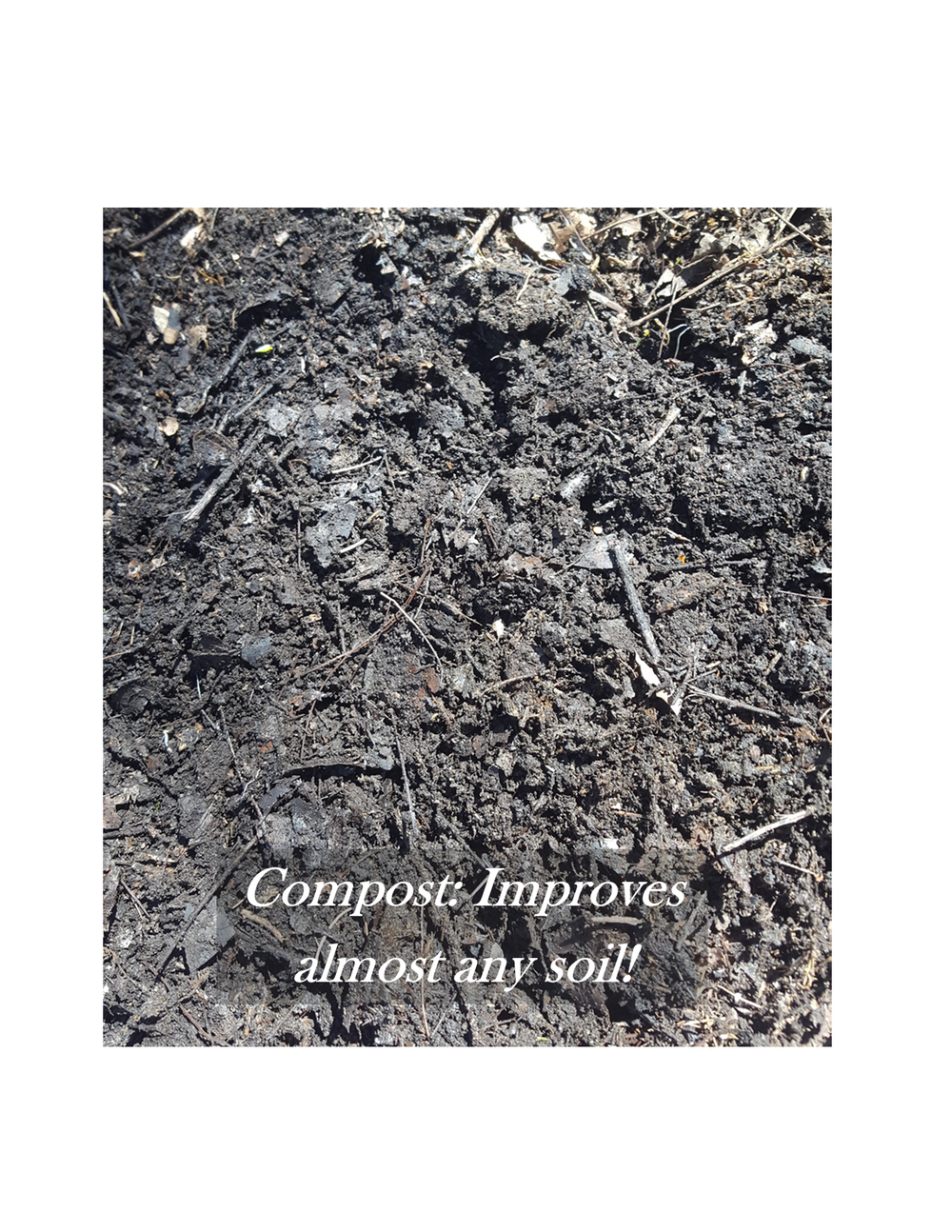Posted: June 15, 2022
Before beginning any garden project, it is important to determine what kind of soil you have and consider if the plants you would like to put in are suited to that soil type.

Photo Credit: Pam Rose
Characteristics such as soil texture, drainage, color, pH, and amount of organic matter are especially important. After a heavy rain, notice how long it takes for the soil to dry out in the area you want to plant. If the area stays wet for several days or dries quickly, you will need to be sure the plants you put there are suited to those conditions. Sandy soils, which have a loose texture, tend to dry more quickly, and clay soils, which are stiff and hard when dry and sticky when wet, drain more slowly. The color of your soil can help you determine the drainage and organic content of your soil: a red or brown color indicates adequate drainage, a dark brown color combined with a loose, crumbly texture indicates high organic matter. Light colored soils tend to be low in organic matter, while gray or yellow soils usually indicate poor drainage.
For most plants a near neutral or slightly acidic soil is ideal, and some plants, such as blueberries, rhododendrons, and hollies, require acidic soil in the pH range of 5.0-5.5. The best way to determine pH is to get a soil test through our extension office and send it to the soil lab at Penn State. The soil test will also tell you the levels of phosphorus and potassium in your soil and give you recommendations for soil amendments. For more information on soil testing, go to Penn State Extension's "Soil Testing." Most soils can benefit from compost: it improves the texture of both sandy and clay soils, improves drainage, adds organic matter, and makes nutrients more available to plants. Even better: if you make your own compost, it is free!

